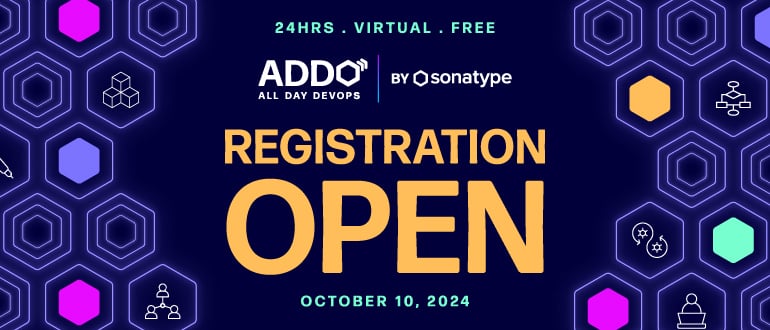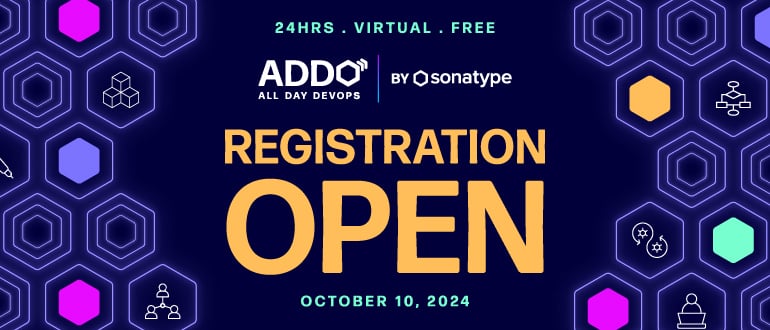
2024-10-7 21:7:40 Author: securityboulevard.com(查看原文) 阅读量:3 收藏
As the threat landscape continues to evolve, businesses must understand the specific cybersecurity risks they face and take proactive measures to protect themselves. One of the most significant challenges in cybersecurity is the increasing diversity of threats and the need to address risks specific to each industry. From data centers to healthcare, each sector has its unique vulnerabilities and challenges.
To effectively address the unique cybersecurity challenges faced by the most targeted industries, organizations must understand the risks they face and implement tailored mitigation strategies. This requires a deep dive into industry-specific vulnerabilities and the development of appropriate controls.
Let’s explore the highest-priority risks for various industries and my recommendations for corresponding controls to mitigate these threats. A control, in the context of cybersecurity, is a safeguard or measure implemented to protect systems, networks and data from unauthorized access, use or destruction. It can be a policy, procedure, technology or combination of these elements.
Data Centers
Risk: Physical Security, Availability, Data Breach, Network Security, Intrusion Detection, Access Controls
Data centers encounter a unique set of cybersecurity challenges due to their critical role in providing infrastructure and services. Physical security threats, such as unauthorized access or natural disasters, can compromise the availability and integrity of data. Network security is paramount to protect against cyberattacks and unauthorized access to sensitive data. Additionally, ensuring continuous availability of data center services is crucial for the operations of many businesses and organizations.
Recommended Controls
Physical Access Policy: A Physical Access Policy is in place to guide employees through physical access protocols. The policy is reviewed at least annually and re-distributed to staff, as needed.
Physical Security Monitoring: The physical premises are continuously monitored for unauthorized physical access.
Healthcare
Risk: Data Breach, Privacy, Regulatory Compliance, Intellectual Property, Supply Chain
Healthcare organizations face a growing number of cyberattacks targeting patient data and medical records. Protecting patient privacy, ensuring data integrity, and complying with regulations like HIPAA and GDPR are critical for healthcare providers. Additionally, healthcare organizations must protect against ransomware attacks, which can disrupt operations and lead to significant financial losses.
Recommended Controls
Patient Forms: Patient rights forms are available and include Authorization to Disclose Medical Information, Privacy Rights Complaint Form, Authorization for Release of Health Information to a Designated Party, Do Not Bill Health Plan, Request of Restrictions on Uses and Disclosures of Health Information, Request of Amendment of Health Information, Request for Accounting of Disclosures and Patient Request for Email Communications.
Hardware & Media Accountability Policy: A policy is in place that governs the receipt and removal of hardware and electronic media containing ePHI into and out of the facility, and the movement of these items within the facility. The policy is reviewed at least annually and re-distributed to staff, as needed.
Manufacturing
Risk: Physical Security, Supply Chain, Data Breach, Intellectual Property, Operational Technology (OT) Security
Manufacturing companies deal with a range of cybersecurity risks, including physical security threats, supply chain vulnerabilities and data breaches. Protecting manufacturing facilities, ensuring the security of supply chains, and safeguarding sensitive data are essential for manufacturing organizations. Additionally, protecting industrial control systems (ICS) from cyberattacks is critical for ensuring operational continuity and preventing disruptions to production processes.
Recommended Controls
Supply Chain Risk Contract Clauses: Requirements to address cybersecurity risks in supply chains are established, prioritized and integrated into contracts and other types of agreements with suppliers and other relevant third parties.
AI System Data Quality: The organization has defined and documented requirements for data quality and ensured that data used to develop and operate the AI system meets those requirements.
Technology
Risk: Data Breach, Availability, Intellectual Property, Supply Chain, Network Security, Intrusion Detection
The technology industry is particularly vulnerable to cyberattacks due to its reliance on digital infrastructure and the constant evolution of technology. Protecting sensitive data, ensuring network security and mitigating supply chain risks are critical for technology companies. Additionally, protecting intellectual property and ensuring the availability of technology services are essential for the success of technology organizations.
Recommended Controls
Cryptographic Controls and Key Management Policy: A policy on the use of cryptographic controls for the protection of information, including key management, is in place. The policy is reviewed at least annually and re-distributed to staff, as needed.
Secure Development Lifecycle: The SDLC includes guidance on testing for common vulnerabilities in software development, such as cryptographic storage, communications and error handling, and guidance for the identification, specification and approval of information security requirements when developing or acquiring applications.
Education
Risk: Data Breach, Privacy, Regulatory Compliance, Intellectual Property, Data Retention
Educational institutions are continuously up against cyberattacks targeting student data, faculty information and financial data. Protecting privacy, complying with regulations, and ensuring data integrity are critical for educational organizations. Additionally, protecting educational networks and systems from cyberthreats is essential for ensuring the continuity of education services.
Recommended Controls
Choice and Consent: The privacy notice describes the choices available to the data subject and details on how a data subject can modify the permissions granted to use various attributes of their data. Explicit consent is collected before an individual completes their registration, when providing sensitive information and when personal information is to be used for a purpose not previously specified. The date and time that consent was collected are retained in the user’s record. The privacy notice describes the impact of not providing personal information or withdrawing consent.
Incident Response: Process: The incident response process includes a means to capture the data necessary to analyze an incident and determine the security impact, including documentation of containment steps performed, mitigations, stakeholder notification and steps to restore service. The organization performs a root cause analysis (RCA) for incidents and information disclosures that could impact security, confidentiality, or privacy.
Banking
Risk: Data Breach, Transaction Accuracy, Supply Chain, Regulatory Compliance, Privacy, Fraud, Network Security, Intrusion Detection
The banking industry is a prime target for cyberattacks due to the value of financial data. Banks must protect against data breaches, fraud and other cybersecurity threats while ensuring the accuracy and integrity of financial transactions. Protecting customer data, complying with regulations and safeguarding networks are essential for the banking industry.
Recommended Controls
Edit Checks: Data that is required to support the product/service is defined and identified. Data entry controls are utilized to ensure that data entering the system is complete.
Encryption at Rest: All data at rest is encrypted using industry-standard algorithms.
Conclusion
Each security posture is unique. The best practices are not only defined by the appropriate controls to mitigate priority risks but also by what is effective for the organization. The most precise way to identify the best practices for your business is to understand the risks you’re attempting to mitigate.
Recent Articles By Author
如有侵权请联系:admin#unsafe.sh
